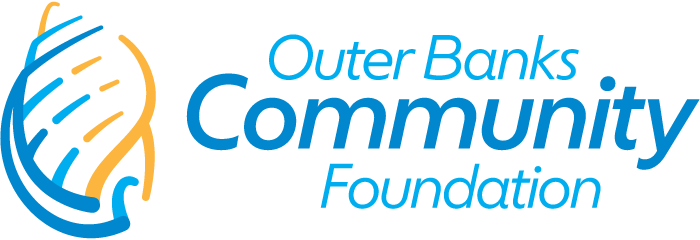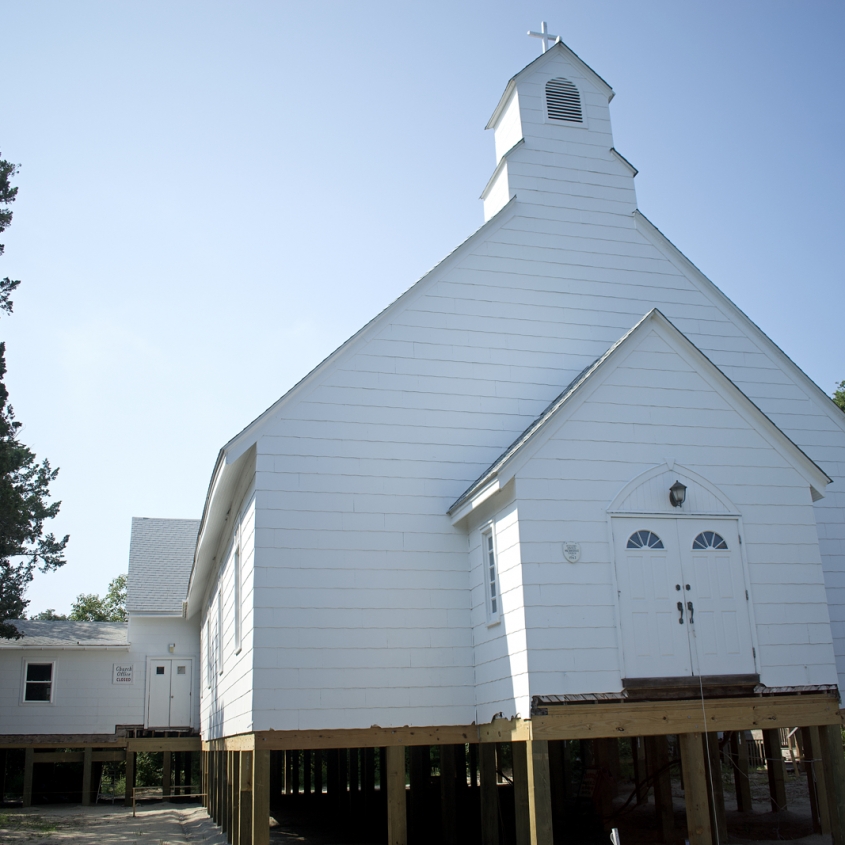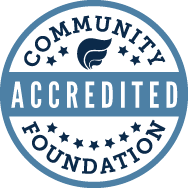We’re Going to Get There: The Road to Recovery from Dorian, Part 2
We’re Going to Get There — The Road to Recovery from Dorian Part Two of a Two-Part Series, One Year After the Hurricane
by Kip Tabb
The flood waters of Hurricane Dorian receded quickly, but three inches or three feet in a home makes little difference. Everything has to go. All the furniture and appliances, even the drywall has to be stripped to the studs; books, photos, memories of years gone by — all of it is piled by the side of the road, waiting to be scooped up and hauled to some dump site or landfill.
On the streets and in the homes, there is the ever-present odor of mildew. The interior of a flooded house, with only the earth tones of the wooden frame and studs to capture the light, has a dull, gray look to it, even on a sunny day. The home will have to be rewired, so there are no lights to illuminate the interior, no fans to move the still air. Just an empty shell of a building.
In the aftermath of Dorian, that was the reality that confronted 35–40% of the residents of Ocracoke, as well as people on the southern end of Hatteras Island in Hatteras Village, Frisco, and Buxton.
The recovery has been difficult and is on-going on both islands. But the circumstances are different between the two places.
For almost three months after Dorian, access to Ocracoke was severely restricted, with entry limited to residents, aid workers, an occasional reporter, and eventually other property owners. On Hatteras Island, where the transportation network was intact, access was not a problem, and the clean-up and recovery moved far more quickly.
An Innovative Solution on Hatteras Island
But Hatteras Island had other challenges. On Hatteras Island, especially on the sound side, a number of residents live in mobile homes. Some have been in place for 30 or 40 years.
None of them were designed to withstand a seven-foot storm surge. And many of these homes have been flooded again and again, with families experiencing devastating losses as each hurricane hits.
Unlike traditional houses, however, a mobile home does not qualify for homeowner’s insurance.
“The mobile homes, because they’re personal property, they don’t qualify as a house,” Dare County Commissioner for Hatteras Island Danny Couch said. Couch also is a board member of the Cape Hatteras United Methodist Men (CHUMM).
To help mobile home owners, CHUMM came up with an innovative solution: elevate the homes.
“The [Outer Banks] Community Foundation gave us a grant. It allowed us to raise a home eleven feet in the air. It was such a success that the County and the electric co-op [Cape Hatteras Electric Cooperative] started working with us,” Couch said.
Dennis Carroll, the Director of CHUMM, has a background in construction, and he explained that raising a home is a complicated process that requires considerable expertise.
“They’re not simple, because in order to do these correctly, you have to take out a permit. You have to have a stamped foundation plan, elevation certificates, and so forth,” he said.
“We are planning to do about a dozen of those,” Carroll added.
The work is complex — coordinating the permits, finding companies to drive the piles and raise the homes, arranging the funding, interviewing and qualifying families to verify financial need, and many other details. In spite of the complexity, CHUMM handles all of it on a volunteer basis. Yet, as Couch notes, there is payment for the effort.
“You know, the fact that you’re actually doing something good. Something like this can restore your faith in humanity, when somebody’s wiping the tears out of their eyes, and thanking you for doing something that they couldn’t have done on their own. You can’t pay for that kind of reward.”
Ocracoke — What Coastal Resilience Will Look Like
“There’s no doubt that that the look of Ocracoke is going to change,” said Tom Pahl, Hyde County Commissioner for Ocracoke. “I mean, the look of Ocracoke is historic homes, and you raise it six feet off the ground, it changes the look. It changes the character. It might not be such that people who aren’t here regularly would notice, but I think people who are regular visitors would notice the difference.”
Pahl is also the owner of Landmark Building and Design, and his company has already raised a number of houses on Ocracoke, as well as the Ocracoke United Methodist Church, which was also damaged by flood waters.
For Pahl, raising houses seven to nine feet above sea level must be done to protect the village from the next Dorian.
“The work that we are doing is good work,” he said. “It’s work that’s moving toward the resilience that we need to build out. Everything that we’re doing is all about resilience.”
Pahl estimates that on average it costs $70,000 to raise a house and put it on pilings, a cost that is not completely covered by flood insurance. Community Foundation grants have helped in some cases.
Amy Howard is raising her home, although she is not using Community Foundation funds. A direct descendent of one of the island’s first residents, William Howard (who was Blackbeard’s purser), her home is next to her family’s shop, the Village Craftsman. The house is one of a number of houses resting on pilings, waiting for the next steps to create a habitable home.
“We’re shooting for December, but we don’t know,” Howard’s husband, David Tweedie, said.
Howard, though, sees herself as one of the lucky ones. Her father’s house was not damaged, and she, David, and their son have a place to stay.
“We have a house we can live in with my dad, so we’re lucky in that,” she said. “It’s not our normal living arrangement, but it’s a house we’re familiar with, and we’ve got everything you need.”
For other Ocracoke residents, however, home at the moment is a FEMA trailer. In February, the North Carolina Office of State Budget and Management gave Hyde County a $600,000 grant to purchase 35 FEMA travel-trailers to use as temporary housing. The trailers were originally part of the response to Hurricane Florence in 2018. The trailers provide temporary housing for residents waiting for their homes to be rebuilt or made habitable again.
The Community Foundation provided funds for placement, anchoring, electric, water, gas, and septic system hook-ups for each of these trailers.
The trailers are an important if imperfect solution, allowing residents to remain on the island, in their community, while their homes are repaired. But when Hurricane Isaias threatened Ocracoke, the imperfections of the solution became apparent.
“The agreement is that we can hook those out, but we’re not putting them above the flood elevation as temporary emergency housing,” Pahl said. “In lieu of elevating them to meet the flood regulation, we’re requiring that the people who live in those trailers vacate the trailer when there’s an evacuation.”
Making landfall to the south of the Outer Banks, Isaias did no damage at all in Ocracoke. However, early storm tracks brought the storm dangerously close to the island, and an evacuation was ordered.
“It’s just a complete disruption of people’s lives,” Pahl said, adding, “It would be irresponsible of us to leave people in a County-owned trailer. We have to anticipate that they’ll be flooded, and we can’t do that.”
The evacuation, as he explained, was not just the families living in the trailers. The trailers also had to be evacuated. “We had to have special ferry runs that ran after regular hours. They were departing at 10 o’clock p.m. and arriving on the mainland after midnight. And we can only put, what, six or eight trailers on a ferry at a time, so it took several [trips].”
The trailers are back on Ocracoke now, the families that need them once again on the island.
COVID — The Second Disaster
The recovery itself continues, although there have been hurdles to cross to bring Ocracoke all the way back.
COVID-19 has complicated everything, from jobs, to insurance payments, to housing for volunteers.
Amy Howard and David Tweedie have found that insurance payments for their home repairs have slowed dramatically, as insurance and other workers face delays and challenges in working from home.
“Those have slowed down to a quarter of the time,” he said. “I understand the situation that everybody’s in… and in the meantime we’ve got to pay the guy [who did the work].”
For Pastor Ivey Belch of the Ocracoke Lifesaving Church, the pandemic was a second disaster and has impacted the pace of recovery. There are not enough skilled craftsmen living in the village to move repairs forward quickly, and finding a place for off-island workers to stay has been a problem from the beginning.
“COVID plays into everything now,” he said. “That plays kind of as the second disaster… The relief effort is not close to being done. For most people, you probably got about another year at least.”
Nonetheless, Pastor Belch does feel that the village has made remarkable progress.
“The smaller community tends to pull together and move ahead a little bit quicker than the norm,” he said.
He also pointed to Ocracoke’s tourism-based economy and the need to be ready for the summer season, which has motivated many folks to rebuild even faster.
The community was as ready as it could be when summer came. The streets have been filled with visitors. And the fall shoulder season looks to be as good, if not better, than any in recent memory. But it has come at a cost.
Earle Irwin is a psychiatric and mental health clinical nurse specialist. After Dorian, a grant from the Outer Banks Community Foundation and the Beazley Foundation brought her to Ocracoke to work with village residents.
What she found was a close-knit community in pain.
“You’re expecting to see the full range of symptoms related to post traumatic stress syndrome,” she said.
But at first, there was little evidence of that. Much of that she attributes to the supportive nature of the community.
“Ocracoke has that culture of being fiercely independent and not looking to the outside for help. Really trying to take care of their own,” she said.
Yet as the impact of COVID-19 took hold, Irwin saw a change.
“When COVID restrictions hit, that’s when the anxiety really started showing up, because people weren’t able to be in community in the way that they had. And I think that is when people started realizing that they weren’t as far past the hurricane trauma that they had been hoping they were.”
In addition to helping residents cope with the economic and traumatic losses of the pandemic and the hurricane, Irwin has worked to help people understand that, under the circumstances, asking for help is ok. The close-knit community, which on the one hand was a great source of support for residents, could also make people apprehensive about disclosing personal requests for help to their neighbors.
Because caseworkers on Ocracoke were local residents themselves, Irwin had to reassure residents that even though they may know the caseworker personally, that there would be no discussion of their circumstances with anyone else.
“You might know her grandma, but it’s okay, she’s not going be calling anybody,” Irwin said. “What the two of you talk about… it’s not going to go any farther.”
Ultimately she found that her involvement with the Ocracoke community was personally and professionally rewarding.
“It was fun work to help people feel comfortable,” Irwin said. “The caseworkers did a tremendous job. It was a great experience.”
The work in Ocracoke is not done. The United Methodist Committee on Relief has volunteer groups in the process of rebuilding seven more homes for families, and hopes to complete ten to twenty more in the next several months. A grant from the Community Foundation is supplying building materials for these home repairs, and paying for specialty work, like HVAC installation, when volunteer labor can’t be used.
“Disaster recovery is a long road, especially after a hurricane of the magnitude of Dorian,” said Lorelei Costa, the Executive Director of the Outer Banks Community Foundation. “But we’re not going anywhere. We are still on Ocracoke, and Hatteras, helping our community rebuild homes. Rebuild lives.”
Postscript: In October 2020, Twiddy and Co. created a video about your Community Foundation’s response to Dorian, as told through the story of one young Ocracoke couple:





